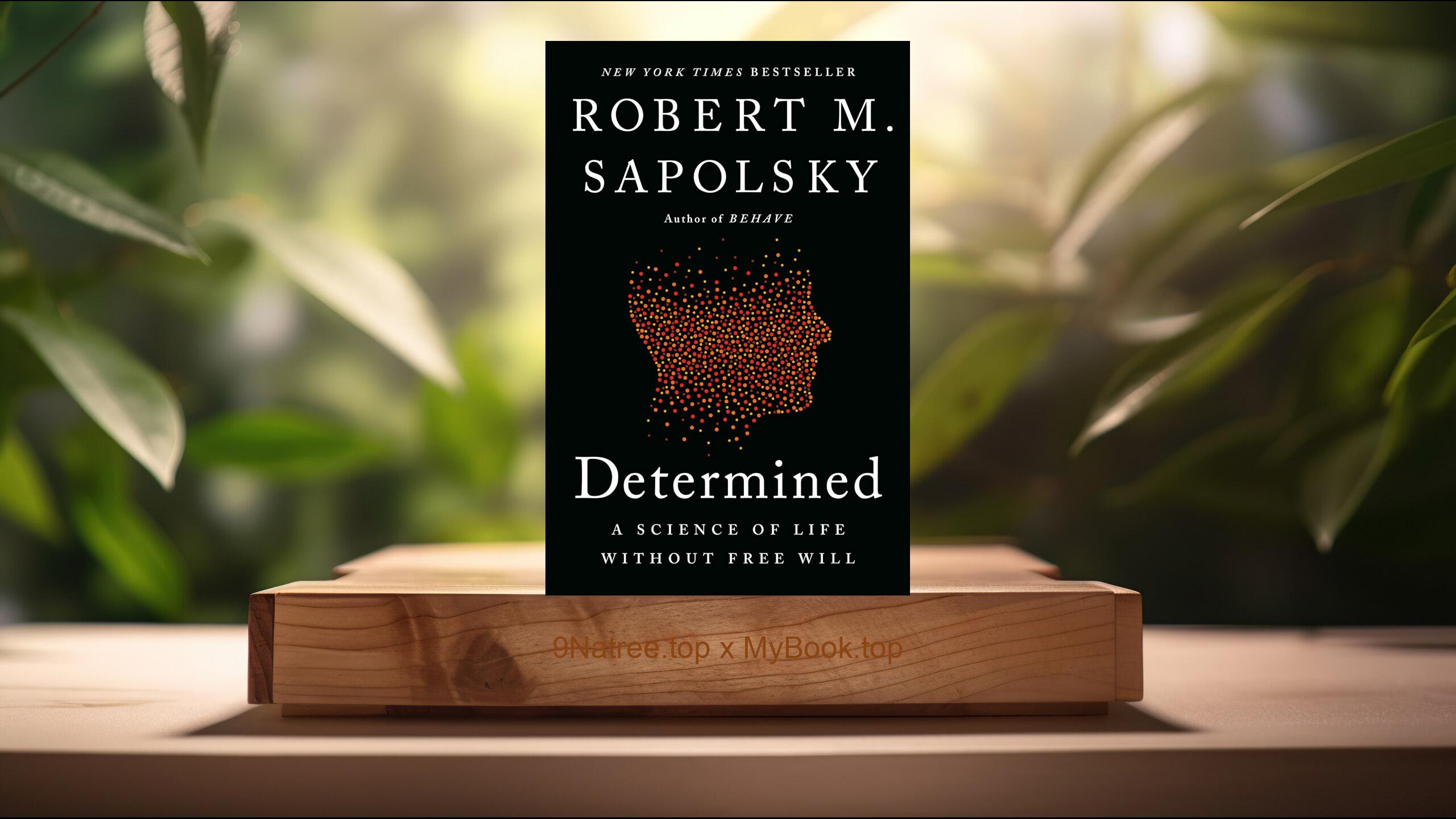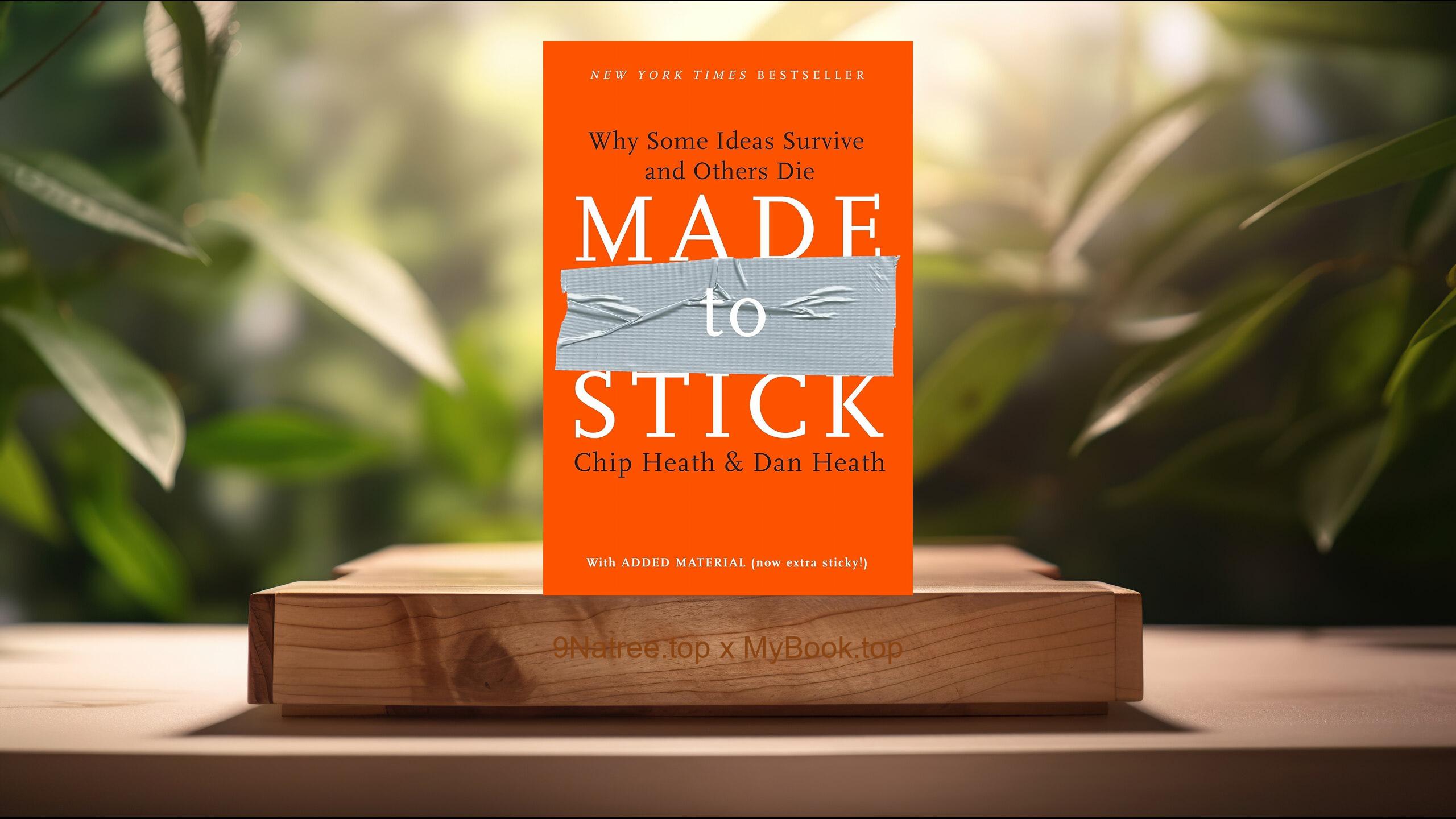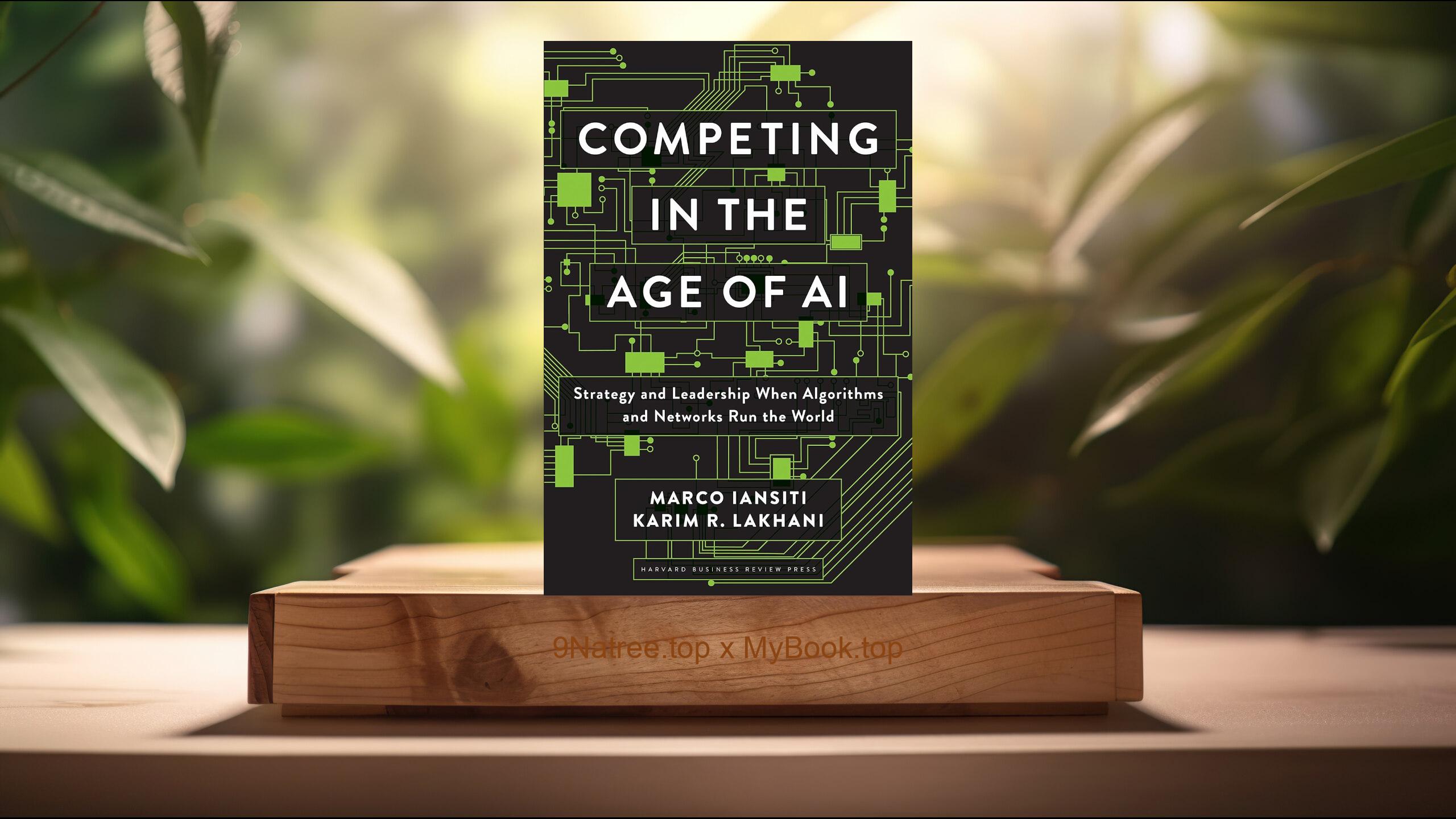Show Notes
- Amazon US Store: https://www.amazon.com/dp/B014DUR7L2?tag=9natree-20
- Amazon Worldwide Store: https://global.buys.trade/Never-Split-the-Difference-Negotiating-As-If-Your-Life-Depended-On-It-Chris-Voss.html
- Apple Books: https://books.apple.com/us/audiobook/summary-of-never-split-the-difference-negotiating-as/id1507211833?itsct=books_box_link&itscg=30200&ls=1&at=1001l3bAw&ct=9natree
- eBay: https://www.ebay.com/sch/i.html?_nkw=Never+Split+the+Difference+Negotiating+As+If+Your+Life+Depended+On+It+Chris+Voss+&mkcid=1&mkrid=711-53200-19255-0&siteid=0&campid=5339060787&customid=9natree&toolid=10001&mkevt=1
- Read more: https://mybook.top/read/B014DUR7L2/
#NegotiationTechniques #EmotionalIntelligence #ChrisVoss #CommunicationSkills #TacticalEmpathy #StrategicPersuasion #ConflictResolution #NeverSplittheDifference
These are takeaways from this book.
Firstly, The Power of Tactical Empathy, Tactical empathy is Chris Voss's cornerstone principle for effective negotiation. Unlike general empathy, tactical empathy is about understanding your opponent's emotions and perspective to influence them strategically. This approach requires actively listening and validating their feelings without necessarily agreeing with their stance. Voss illustrates that by acknowledging and verbalizing the emotions of the other party, a negotiator can create immediate rapport and trust. Such a connection paves the way for more open and constructive discussions. Tactical empathy empowers the negotiator to steer the negotiation by not just addressing what the counterpart says, but by also acknowledging what they feel. Deploying tactical empathy effectively can de-escalate tensions, uncover hidden agendas, and lead to surprisingly favorable outcomes.
Secondly, Mirroring and Labeling, Two of Voss's key strategies are 'mirroring' and 'labeling,' which are instrumental in building rapport and fostering a deeper understanding during negotiations. Mirroring involves repeating the last few words your counterpart says in a questioning tone. This simple technique encourages them to expand on their thoughts, promotes empathy, and builds better connections. Labeling, on the other hand, involves identifying the other party’s emotions and verbalizing them to show understanding. For example, saying 'It seems like you're feeling pressured' can help in validating those emotions and furthering the conversation. Together, these strategies encourage counterparts to open up more, providing valuable insights that can be used to navigate the negotiation towards a successful outcome.
Thirdly, Mastering the Accusations Audit, The Accusations Audit is a proactive strategy where the negotiator openly addresses potential negative thoughts or feelings the counterpart might have towards them at the beginning of the discussion. By doing so, the negotiator disarms the other party and decreases the emotional charge of the conversation. This method is grounded in the principle that addressing negative perceptions head-on can prevent them from undermining the negotiation. Voss emphasizes that by voicing these accusations ourselves, we have the power to frame them in a less threatening way, mitigating their impact and steering the conversation towards more constructive territory. This approach not only showcases empathy but also demonstrates confidence and control, setting a positive tone for the negotiation.
Fourthly, The Art of 'No' and the 'That's Right' Breakthrough, Contrary to popular belief, Chris Voss advocates that hearing 'No' in a negotiation is not a barrier but a beginning. It provides insights into what the counterpart truly values and their limitations. This understanding opens up avenues to explore alternative solutions. Furthermore, Voss introduces the concept of the 'That's Right' breakthrough, where the goal is to lead the counterpart to say 'That's right' in agreement to a summary of their situation or perspective provided by the negotiator. This moment signifies a deep acknowledgment and understanding, creating a strong bond and willingness to compromise. Both these strategies emphasize the importance of perception and validation over coercion, leading to more meaningful agreements.
Lastly, Calibrated Questions: The Path to 'How' and 'What', Calibrated questions are open-ended inquiries that start with 'how' or 'what,' forcing the counterpart to think and express themselves more comprehensively. These questions put the negotiator in a position of control without being aggressive. For example, asking 'How can we solve this problem?' puts the responsibility of finding a solution on the counterpart, encouraging collaboration. Voss argues that such questions help in exploring the other party's desires and constraints without confrontation. This technique not only gathers valuable information but also empowers the counterpart, making them more amenable to working towards a mutual agreement. Calibrated questions demonstrate strategic patience and insight, underpinning successful negotiations.
![[Review] Never Split the Difference: Negotiating As If Your Life Depended On It (Chris Voss) Summarized](https://episodes.castos.com/660078c6833215-59505987/images/1827027/c1a-085k3-0vdj6pj8ado5-wudk68.jpg)




